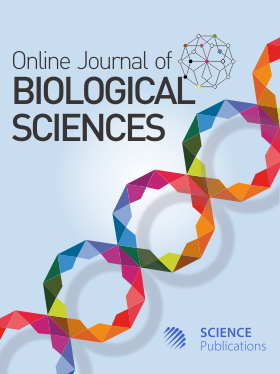Parasite Fauna and Infection of Sheep with Parasitosis
- 1 Faculty of Veterinary and Production Technology of Livestock, S. Seifullin Kazakh Agrotechnical Research University, Kazakhstan
- 2 Zhangirkhan West Kazakhstan Agrotechnical University, Kazakhstan
Abstract
The purpose of our research was to study the parasitic fauna and infection of sheep with parasites in the northern and southern regions of the Republic of Kazakhstan. For this, we conducted a study to determine the species diversity of sheep parasites. The study was set from 2010-2020 years on infected sheep in the northern and southern parts of the Republic of Kazakhstan. The experiments were conducted at the Department of Veterinary Medicine of S. Seifullin KazATU and the KazNIVI in Almaty. The species diversity of parasites of adult sheep was studied. The materials for parasitological laboratory studies were sheep feces taken from 50 sheep. Vital diagnostics of helminthiasis were carried out by scatological studies of 50 sheep using the well-known methods of Fulleborn, Weid, and Boyahchyan. To establish the timing of infection, selective coprolarvoscopic studies of fecal samples taken from pastures were carried out. First, the invasive larvae were isolated from fecal samples by the Berman-Orlov method. Differential diagnosis of trichostrongylides was carried out according to the method of Y.Y. Shumakovich. Among the sheep of the Akmola and Karaganda regions, strongylatoses parasitizing in the gastrointestinal tract are recorded: Nematodyrosis, ostertagiosis, hemonhoz, marshallagiasis, esophagostomosis, and, less often, bunostomosis.The development of eggs and larvae of the invasive stage in pasture conditions is noted at the end of the first decade of May. The first cases of infection of lambs are observed in late May-early June. Thus, based on the three-year results obtained, it can be concluded that the absence of antiparasitic measures leads to infection of almost all livestock within 5-7 months and in subsequent years, reinfection occurs, which ultimately causes a decrease in productivity and increase mortality, especially among young animals up to 1.5 years of age.
DOI: https://doi.org/10.3844/ojbsci.2022.404.414

- 3,051 Views
- 1,331 Downloads
- 2 Citations
Download
Keywords
- Invasive Larvae
- Sheep Parasites
- Species Diversity
- Strongylatoses
